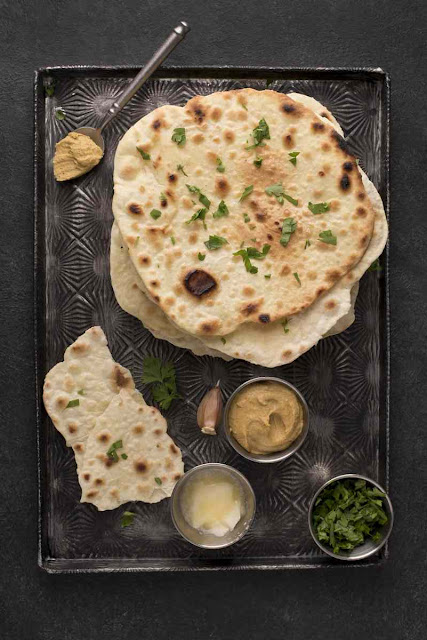Croissant
Introduce the allure of croissants and their place in culinary culture. Discuss their French origins and worldwide popularity. Highlight the complexity of crafting the perfect croissant and the satisfaction of mastering this art.
The History of Croissants
Detail the origins of croissants, debunking common myths. Trace their evolution from Vienna to France, emphasizing their association with French pastry culture. Explore their cultural significance and symbolism in different contexts.
Understanding the Ingredients
Break down the essential components of a croissant: flour, butter, yeast, sugar, salt, and water. Explain the importance of high-quality ingredients and proper measurements in achieving the desired texture and flavor. Discuss alternatives for dietary restrictions or preferences.
The Technique Behind the Layers
Delve into the intricate process of creating the flaky layers characteristic of a perfect croissant. Explain the importance of folding and rolling the dough to create thin layers of butter. Detail the laminating process and its role in achieving the desired texture.
Step-by-Step Recipe
Ingredients
- 500g all-purpose flour
- 10g salt
- 50g sugar
- 10g instant yeast
- 300ml cold water
- 250g unsalted butter, cold but pliable
Instructions
- In a large mixing bowl, combine the flour, salt, sugar, and instant yeast.
- Gradually add the cold water while stirring until a rough dough forms.
- Knead the dough on a lightly floured surface for about 10 minutes until smooth and elastic.
- Shape the dough into a rectangle, wrap it in plastic wrap, and refrigerate for 30 minutes.
- Roll out the dough into a large rectangle about 1/4 inch thick.
- Spread the softened butter over two-thirds of the dough, leaving one-third unbuttered.
- Fold the unbuttered third over the buttered middle third, then fold the remaining third over the top, like folding a letter.
- Rotate the dough 90 degrees, roll it out again into a rectangle, and repeat the folding process.
- Wrap the dough in plastic wrap and refrigerate for at least 30 minutes.
- Repeat the rolling and folding process two more times, chilling the dough between each fold.
- After the final fold, refrigerate the dough for at least 4 hours or overnight.
- Preheat the oven to 400°F (200°C).
- Roll out the chilled dough into a large rectangle, about 1/4 inch thick.
- Cut the dough into triangles, then roll each triangle tightly from the wide end to the tip to form croissants.
- Place the croissants on a baking sheet lined with parchment paper, cover them loosely with plastic wrap, and let them rise at room temperature for 1-2 hours, or until doubled in size.
- Brush the croissants with an egg wash (1 egg beaten with a splash of water).
- Bake the croissants for 15-20 minutes, or until golden brown and puffed up.
- Serve warm and enjoy the flaky perfection of homemade croissants.
Conclusion
Summarize the complexity of crafting croissants and the satisfaction of mastering the technique. Encourage readers to experiment with flavors and techniques to create their own unique variations. Emphasize the joy of sharing freshly baked croissants with loved ones and the timeless appeal of this beloved pastry.



Comments
Post a Comment